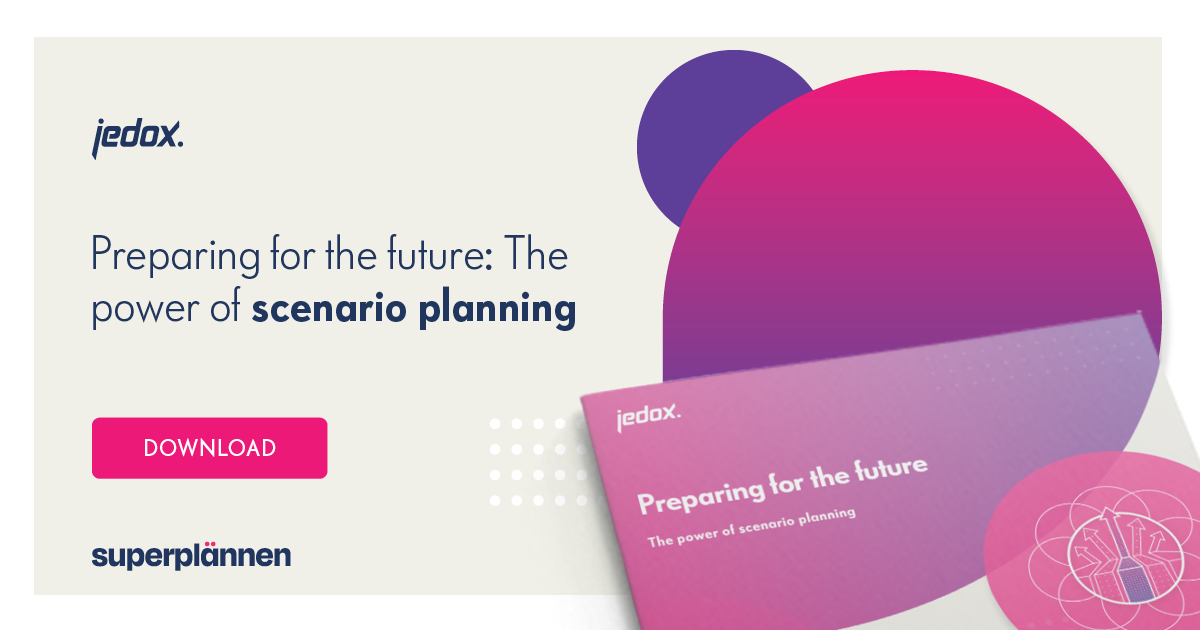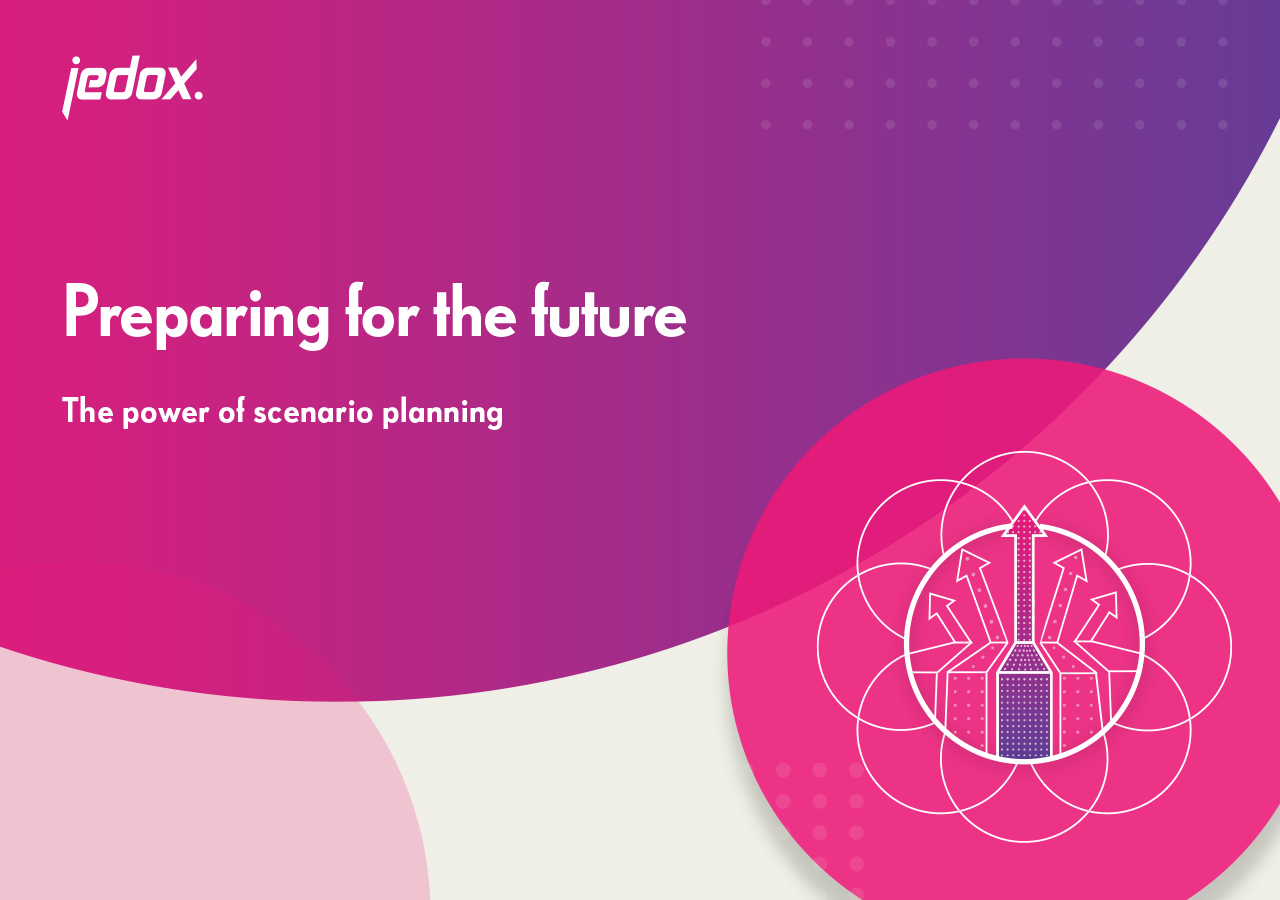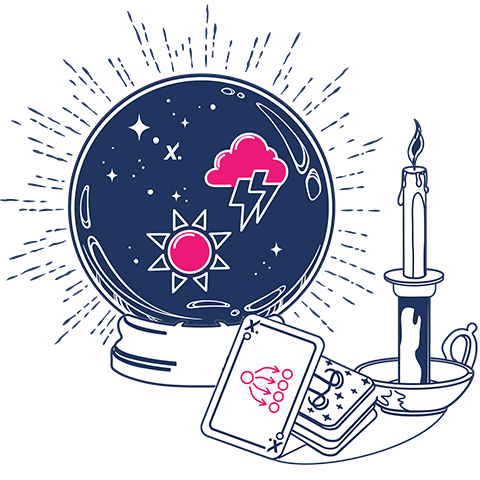
Scenario planning: how to make decisions in times of uncertainty
The impact of inflation is being felt worldwide. People struggle to afford the rapidly increasing costs of basic needs and organizations are affected by rising costs of labor and raw materials straining profit margins. Today’s turbulent times require organizations to plan for inflation. It is just one of the many factors that have a high impact on the course of business but are very hard to plan for. A method that can prepare organizations for any possible future is scenario planning. Keep reading to learn what scenario planning is, how to follow the process and what benefits it has for decision-makers across all industries and businesses.
What is scenario planning?
Scenario planning is a strategic planning method. It describes a process in which alternate future scenarios are being planned as a basis for decision-making. Originally used by military intelligence, scenario planning is now widely used by organizations to create flexible long-term plans.
Generally, scenarios are based on assumptions on how the future will evolve and how an organization will be affected by a given future scenario. This enables the organization to adapt to possible changes and outcomes. Well-planned scenarios usually cover a wide range of possibilities to show how the organization’s environment might change over time.
What is scenario planning not?
Scenario planning does not prepare organizations to avoid a crisis. It rather helps them to be prepared when a crisis arises and provides guidelines on how to act moving forward, because the crisis has already been planned for. Nor does it provide a particular scenario to choose and build a strategy around. Scenario planning should never be about just choosing one future option, but about being prepared to deal with all possible outcomes and develop a strategy that is easily adaptable.
Why is scenario planning important?
Scenario planning enables leaders and decision-makers to think through a set of different scenarios. In an ideal situation, an organization will already know how to navigate a crisis because it was part of the scenario planning process. Thus, scenario planning offers a competitive advantage and enables leaders to act decisively. In a non-crisis situation, being prepared for different possible situations enables informed decision-making by providing a clear picture of key drivers and major future events.
The process of scenario planning
The process can be segmented into five steps which will be described in the following paragraphs.
Step 1: Identify focus areas
The first step should always be to identify what an organization wants to focus on. This can be a specific question, such as: should we invest in a new technology, purchase this new product, or change vendor X? Questions can also be less specific, for example: what potential threats could disrupt the current strategy? Organizations should consider geopolitical disruptions, like war and other forms of crises, which may affect their distribution strategy.
Step 2: Identify key drivers for change
In the second step, a designated scenario planning team will identify many factors that could influence the future organization. Typical factors that should be addressed in a business plan include suppliers and competitors, production technologies, and customer demand, as well as human resources. One of the most reliable factors, and one of the most easy to plan for, is demography. While these key factors are obvious influences, the next step for the team would be to identify less obvious factors, like new market entrants or disruptive technologies.
In this step, it is important to think imaginatively in creating a comprehensive list of key drivers for change. Factors like climate change, supply shortages, global pandemics, and skyrocketing inflation might sound like pushing the limit of imagination too far, but they are the key drivers for change in organizations all over the world in 2022. And they might have a huge impact for years to come.
Step 3: Compile a range of possible scenarios
Every decision in an organization happens with some degree of uncertainty. This means that every choice is based on possible outcomes and predictions about the future. The third step requires the team to create a range of “mini” scenarios by grouping the drivers that are most likely to have an impact on the business in the future.
Step 4: Reduce the number of scenarios
In the fourth step, the number of mini scenarios should reduced, while broadening the level of detail in each possible scenario. The goal should be to have no more than four possible outcomes. A well-thought-out scenario is almost like a story that is written by more than one person. All possible influences should be factored in at this stage to create different plot elements. Creating scenarios can take up to several months.
Step 5: Strategize around the possible scenarios
After the possible scenarios have been thought out, the last step is to figure out the implications of each scenario and the strategic approach to handling them. This requires the team to play out every scenario to its conclusion and develop appropriate options for future actions. Usually, there is an overlap of strategies that would be appropriate for every possible future scenario. Those are the strategies that should be pursued in any case.
These are the five steps that enable decision-makers to be prepared for possible future outcomes. However, another step could be added to identify future issues. Being attentive is critical, as early indicators can be anything from a politician’s speech to a new technology or competitor entering the market. Find further actionable advice in this blog post about 10 tips for a powerful scenario planning process.
How software can help
The process described above is a manual process that requires a lot of time and people to get right. Scenario planning is a perfect example of how an integrated business planning software like Jedox can support human planning by shortening the planning cycle significantly while keeping the data clear. Any future strategy should be based on data rather than solely on imagination or intuition.
With scenario planning software, all available data can simply be integrated and consolidated in one database. Any data can be used as a driver for scenario planning: for example, weather, seasons, or logistics costs. Software also enables the creation of best-case and worst-case scenarios at the push of a button. This leaves planners with more time to develop valuable strategies to adapt to different scenarios.
Request a live demo today and learn how Jedox can help your organization to navigate uncertainty.
It is worth noting that scenario planning is always based on past events and data. Any predictions are therefore an extension of past knowledge. No software could have predicted the COVID-19-pandemic or the war in Ukraine that led to the energy crisis and high inflation rates. What software can do, however, is help to cope with a situation and adapt faster through data points that might not be obvious to the human eye.

